Your cart is currently empty!
Tag: Infrastructure
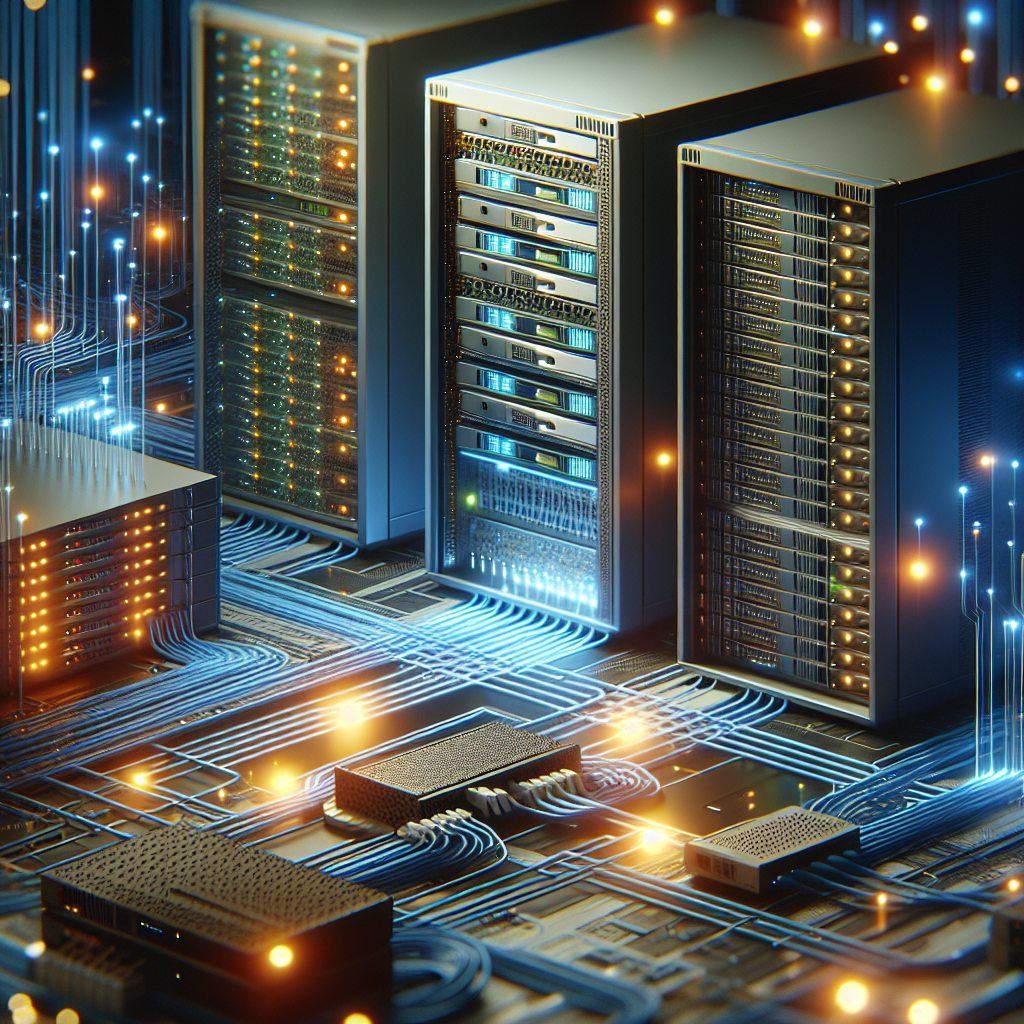
Optimizing Performance: Enhancing Your Data Center Network Infrastructure
In today’s digital age, businesses rely heavily on their data center network infrastructure to support their operations. From storing sensitive information to hosting critical applications, a company’s data center plays a crucial role in ensuring smooth and efficient business processes. As technology continues to evolve, it’s essential for organizations to optimize their data center network infrastructure to keep up with the increasing demands of the digital landscape.Optimizing performance in a data center network infrastructure involves a strategic approach that focuses on enhancing speed, reliability, and scalability. By implementing the right tools and techniques, businesses can improve their network’s overall efficiency and productivity. Here are some key strategies for optimizing performance in a data center network infrastructure:
1. Upgrade hardware and software: One of the first steps in optimizing a data center network infrastructure is to ensure that the hardware and software being used are up to date. Outdated equipment can slow down network performance and lead to frequent downtime. By investing in the latest hardware and software updates, businesses can improve the speed and reliability of their network infrastructure.
2. Implement virtualization: Virtualization technology allows businesses to create virtual instances of servers, storage, and networking resources. By deploying virtualization in a data center network infrastructure, organizations can increase flexibility, scalability, and efficiency. Virtualization also helps reduce hardware costs and energy consumption, making it a cost-effective solution for optimizing network performance.
3. Use quality of service (QoS) tools: Quality of service tools allow businesses to prioritize network traffic based on the importance of the data being transmitted. By using QoS tools, organizations can ensure that critical applications receive the necessary bandwidth and resources to operate efficiently. This helps prevent network congestion and latency issues that can impact overall performance.
4. Implement network monitoring and management tools: Network monitoring and management tools provide real-time visibility into the performance of a data center network infrastructure. By monitoring key performance metrics, businesses can identify and address potential bottlenecks or issues before they impact operations. These tools also help IT teams proactively manage network resources and optimize performance.
5. Optimize network security: Security is a critical aspect of optimizing performance in a data center network infrastructure. By implementing robust security measures, such as firewalls, intrusion detection systems, and encryption protocols, businesses can protect their data and prevent unauthorized access. A secure network infrastructure helps ensure the confidentiality, integrity, and availability of critical information.
In conclusion, optimizing performance in a data center network infrastructure is essential for ensuring the smooth and efficient operation of a business. By upgrading hardware and software, implementing virtualization, using quality of service tools, and optimizing network security, organizations can enhance the speed, reliability, and scalability of their network infrastructure. With the right tools and techniques in place, businesses can stay ahead of the curve and meet the evolving demands of the digital landscape.
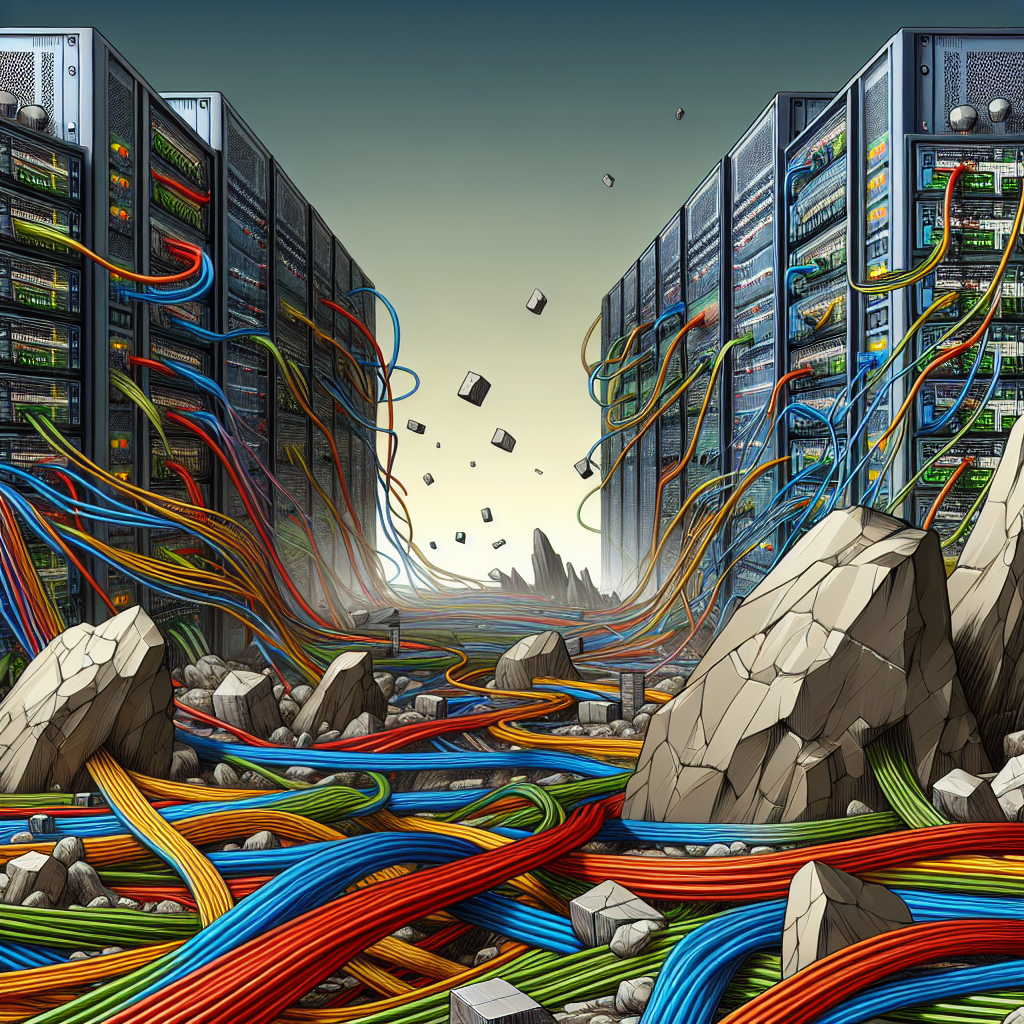
Navigating Challenges in Upgrading Data Center Electrical Infrastructure
As technology continues to advance at a rapid pace, data centers are under increasing pressure to keep up with the demand for faster, more reliable services. One of the key challenges that data centers face when upgrading their infrastructure is ensuring that their electrical systems can support the increased workload.Upgrading data center electrical infrastructure is a complex and time-consuming process that requires careful planning and execution. It involves replacing outdated equipment, adding new technologies, and ensuring that the system can handle the increased power demands of modern IT equipment. Here are some of the key challenges that data centers face when upgrading their electrical infrastructure:
1. Capacity Planning: One of the first steps in upgrading a data center’s electrical infrastructure is determining the current and future power requirements of the facility. This involves analyzing the existing equipment, calculating the power consumption of new equipment, and ensuring that the electrical system can support the increased load. Capacity planning is crucial to prevent overloading the system and causing downtime.
2. Upgrading Equipment: Upgrading data center electrical infrastructure often involves replacing outdated equipment with newer, more efficient technologies. This can include upgrading transformers, switchgear, UPS systems, and power distribution units. Upgrading equipment can be costly and time-consuming, but it is essential to ensure the reliability and efficiency of the data center’s electrical system.
3. Redundancy: Redundancy is crucial in data center electrical infrastructure to ensure continuity of operations in the event of a power outage or equipment failure. Data centers typically have redundant power sources, such as backup generators and uninterruptible power supply (UPS) systems, to ensure uninterrupted power supply to critical IT equipment. Upgrading redundancy in the electrical system can be challenging, as it requires careful coordination and testing to ensure that the backup systems function as intended.
4. Compliance and Regulations: Data centers must comply with a variety of regulations and standards related to electrical safety and reliability. When upgrading their electrical infrastructure, data centers must ensure that the new equipment meets these requirements and is installed according to best practices. Compliance with regulations can be a major challenge, as regulations are constantly evolving and becoming more stringent.
5. Integration with IT Systems: Upgrading data center electrical infrastructure must be carefully coordinated with the IT systems to ensure seamless integration and minimal disruption to operations. This involves working closely with IT staff to understand the power requirements of the equipment and ensure that the electrical system can support the load. Integration with IT systems can be challenging, as it requires careful planning and coordination between different departments.
In conclusion, upgrading data center electrical infrastructure is a complex and challenging process that requires careful planning and execution. Data centers must address capacity planning, equipment upgrades, redundancy, compliance, and integration with IT systems to ensure the reliability and efficiency of their electrical systems. By navigating these challenges effectively, data centers can ensure that their infrastructure can support the increasing demands of modern IT equipment and services.
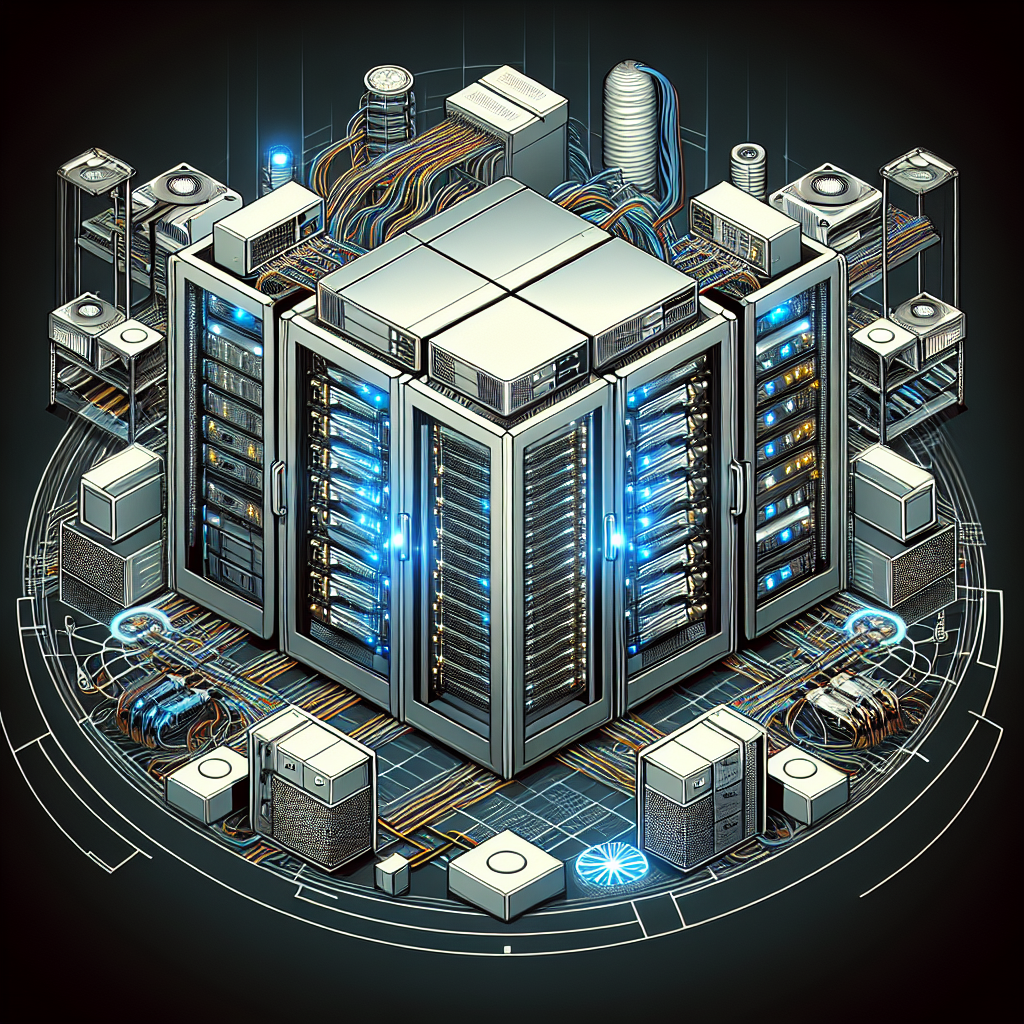
Data Center Resilience: A Critical Component of Modern IT Infrastructure
In today’s digital age, data centers play a crucial role in the success of businesses and organizations. These facilities house the critical infrastructure needed to store, process, and manage vast amounts of data that are essential for daily operations. As such, ensuring the resilience of data centers has become a top priority for IT professionals.Data center resilience refers to the ability of a data center to withstand and recover from various disruptions, such as power outages, natural disasters, cyberattacks, and equipment failures, without compromising the integrity and availability of data. In other words, a resilient data center is one that can continue to operate smoothly and efficiently even in the face of unexpected challenges.
There are several key components that contribute to the resilience of a data center. These include redundant power supplies, backup generators, uninterruptible power supply (UPS) systems, cooling systems, fire suppression systems, and physical security measures. By implementing these components, data center operators can minimize the risk of downtime and data loss, and ensure that their systems remain operational under all circumstances.
In addition to physical infrastructure, data center resilience also requires robust disaster recovery and business continuity plans. These plans outline the steps to be taken in the event of a disruption, such as how data will be backed up and restored, how services will be rerouted, and how communication with stakeholders will be maintained. By having these plans in place, organizations can minimize the impact of disruptions and quickly recover from them.
Data center resilience is especially important in today’s interconnected world, where businesses rely heavily on digital technologies to operate. Downtime or data loss can have severe consequences, including financial losses, damage to reputation, and loss of customer trust. As such, investing in data center resilience is not only a matter of best practice but also a critical business imperative.
In conclusion, data center resilience is a critical component of modern IT infrastructure. By ensuring that data centers are equipped with the necessary redundancies, backups, and disaster recovery plans, organizations can minimize the risk of disruptions and ensure the continuous availability of their data and services. As technology continues to evolve and businesses become increasingly reliant on digital operations, the importance of data center resilience will only continue to grow.
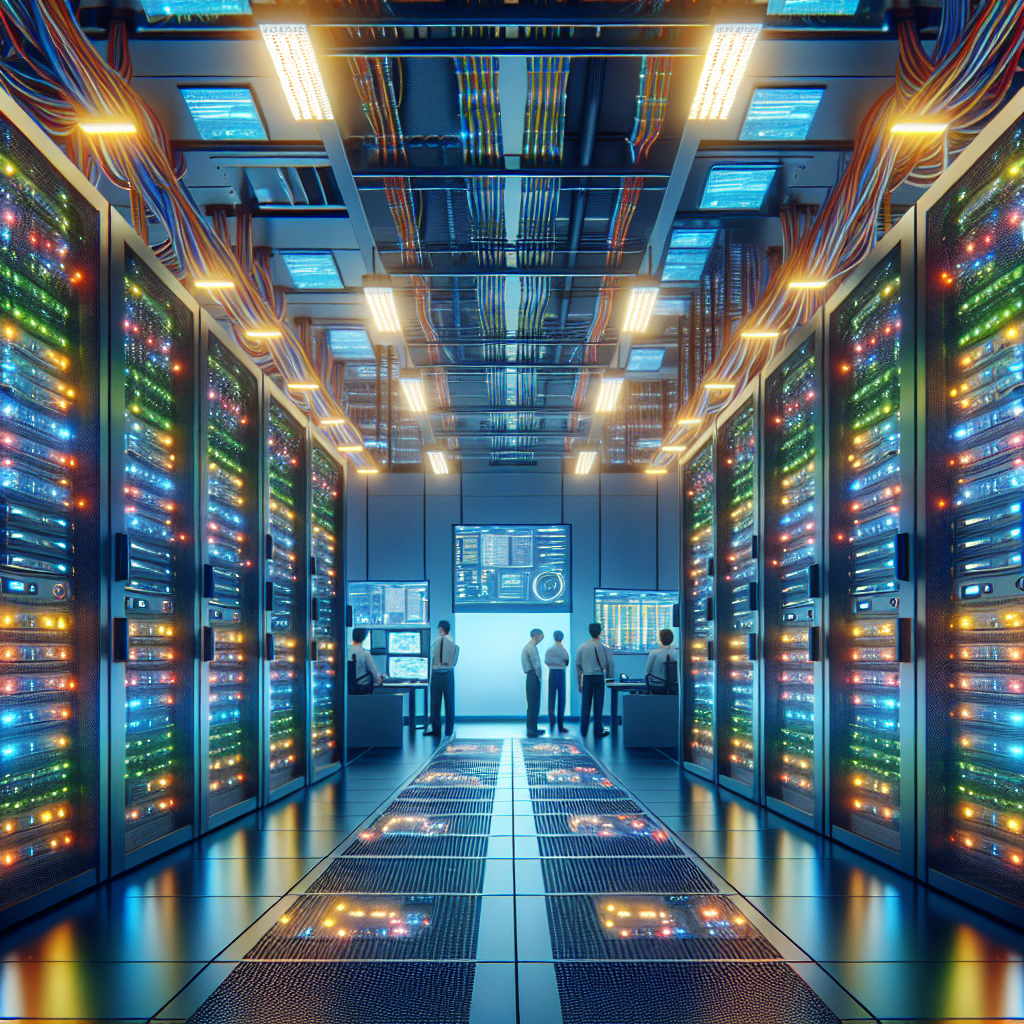
Documenting Data Center Infrastructure: A Guide for IT Professionals
In today’s digital age, data centers play a crucial role in the smooth functioning of businesses and organizations. These facilities house a vast amount of electronic equipment, such as servers, storage devices, and networking components, that store, process, and distribute data. As such, documenting the infrastructure of a data center is essential for IT professionals to ensure efficient management and troubleshooting of the systems.Documenting data center infrastructure involves creating a comprehensive record of all the equipment, connections, and configurations within the facility. This documentation serves as a reference guide for IT staff, enabling them to quickly identify and address issues, plan upgrades or expansions, and maintain optimal performance of the data center.
To effectively document data center infrastructure, IT professionals should follow these key steps:
1. Create an inventory list: Start by listing all the equipment in the data center, including servers, storage devices, networking devices, power distribution units, cooling systems, and cabling. Include details such as make and model, serial numbers, warranty information, and location within the data center.
2. Diagram the physical layout: Draw a floor plan of the data center, indicating the location of each piece of equipment, power sources, cooling units, and networking connections. This visual representation helps IT staff quickly locate and access equipment when needed.
3. Document network connections: Record details of the network infrastructure, including IP addresses, VLANs, subnets, and routing information. Document the connections between devices, such as switches, routers, firewalls, and servers, to ensure proper network configuration and troubleshooting.
4. Maintain documentation: Regularly update and review the documentation to reflect any changes or upgrades in the data center infrastructure. Use a centralized document management system to store and organize the information for easy access by IT staff.
Documenting data center infrastructure is not only crucial for day-to-day operations but also for disaster recovery and compliance purposes. In the event of a system failure or natural disaster, having accurate and up-to-date documentation can help IT professionals quickly restore services and minimize downtime.
In conclusion, documenting data center infrastructure is a fundamental task for IT professionals to ensure the efficient management and maintenance of these critical facilities. By following the steps outlined in this guide, IT staff can create a comprehensive record of the equipment, connections, and configurations within the data center, enabling them to effectively troubleshoot issues, plan upgrades, and ensure the smooth functioning of the infrastructure.

The Role of Data Center Network Infrastructure in Cloud Computing
Cloud computing has revolutionized the way businesses operate by providing a flexible and cost-effective solution for storing and accessing data and applications. At the heart of this technology is the data center network infrastructure, which plays a crucial role in ensuring the smooth and efficient operation of cloud services.The data center network infrastructure is the backbone of cloud computing, connecting servers, storage devices, and networking equipment to enable the seamless transfer of data between users and cloud services. This infrastructure is responsible for handling the vast amounts of data that are generated and processed in the cloud, ensuring that information is delivered quickly and securely to users around the world.
One of the key functions of the data center network infrastructure in cloud computing is scalability. Cloud services need to be able to handle fluctuations in demand, with the ability to quickly scale up or down as needed. The network infrastructure must be able to accommodate this dynamic nature of cloud computing, ensuring that resources are allocated efficiently and effectively to meet the needs of users.
Reliability is another critical aspect of the data center network infrastructure in cloud computing. Users expect their data and applications to be available at all times, without any downtime or interruptions. The network infrastructure must be designed with redundancy and failover mechanisms to ensure high availability and reliability, minimizing the risk of service disruptions.
Security is also a major concern in cloud computing, as sensitive data and critical applications are stored and processed in the cloud. The data center network infrastructure must implement robust security measures, such as encryption, firewalls, and access controls, to protect data from unauthorized access and cyber threats. By ensuring the security of the network infrastructure, businesses can trust that their data is safe and secure in the cloud.
In addition to scalability, reliability, and security, the data center network infrastructure in cloud computing also plays a crucial role in performance. The network must be able to handle the high volumes of data traffic generated by cloud services, delivering fast and responsive performance to users. By optimizing the network infrastructure for speed and efficiency, businesses can provide a seamless and enjoyable user experience in the cloud.
In conclusion, the data center network infrastructure is a vital component of cloud computing, enabling businesses to leverage the benefits of this technology to store and access data and applications in a flexible and cost-effective manner. By focusing on scalability, reliability, security, and performance, businesses can build a robust network infrastructure that supports their cloud computing needs and ensures the success of their digital transformation initiatives.
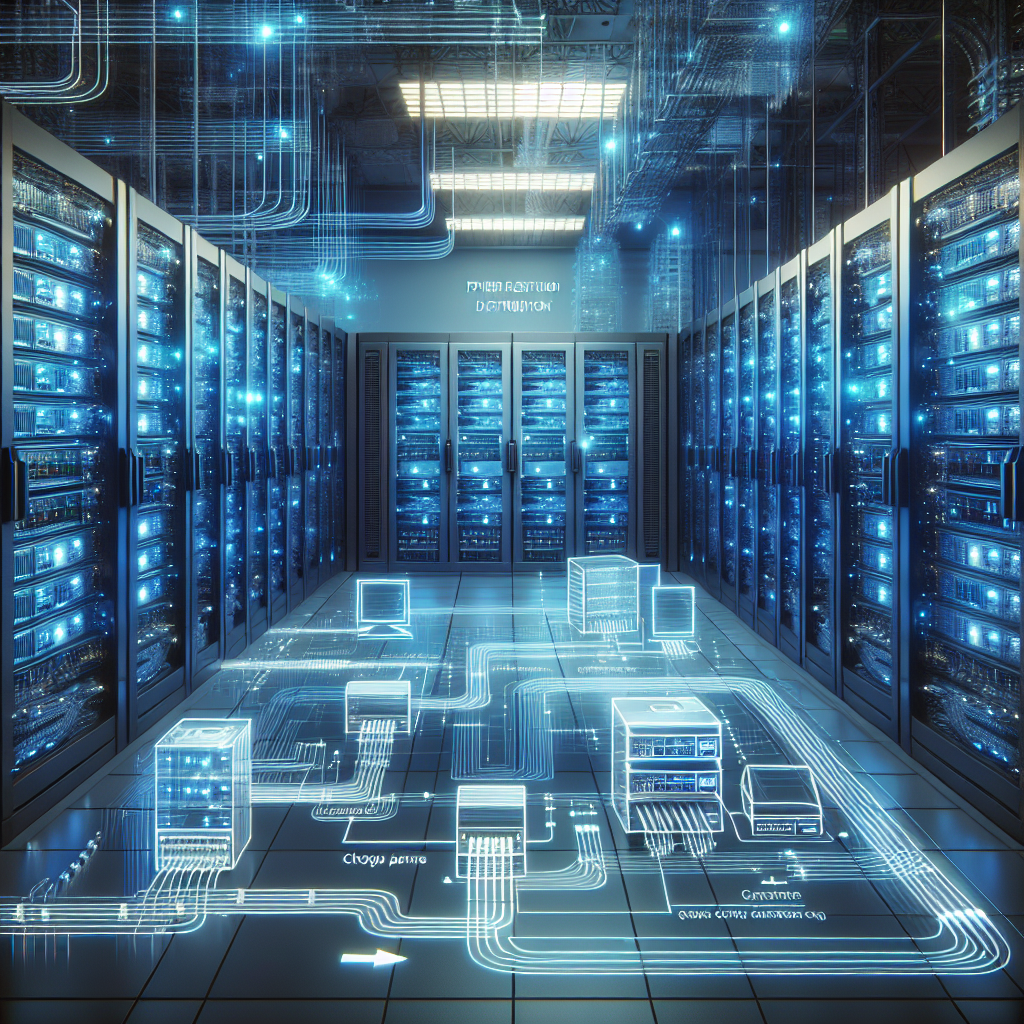
Understanding the Role of Power Distribution in Data Center Infrastructure
In today’s digital age, data centers play a crucial role in storing and processing vast amounts of information. However, to ensure that these data centers operate efficiently and reliably, it is essential to understand the role of power distribution in their infrastructure.Power distribution is the process of delivering electricity from the utility grid to the various components within a data center, such as servers, switches, and storage devices. It is a critical aspect of data center infrastructure, as any interruptions or fluctuations in power supply can result in downtime, data loss, and potential damage to equipment.
There are several key components involved in power distribution within a data center, including transformers, switchgear, distribution panels, and uninterruptible power supplies (UPS). Transformers are used to step down the voltage from the utility grid to a level that is suitable for the data center equipment. Switchgear is responsible for distributing power to different areas of the data center, while distribution panels control the flow of electricity to individual servers and devices. UPS systems provide backup power in the event of a power outage, ensuring that critical operations can continue uninterrupted.
When designing a data center power distribution system, it is important to consider factors such as redundancy, scalability, and efficiency. Redundancy is crucial in ensuring that there are backup systems in place to prevent downtime in the event of a power failure. Scalability is important for accommodating future growth and expansion of the data center, while efficiency helps to minimize energy consumption and reduce operating costs.
In addition to the physical components of power distribution, it is also essential to consider the management and monitoring of power within a data center. Power monitoring systems can provide real-time data on energy consumption, helping to identify areas of inefficiency and optimize power usage. Power management software can also automate tasks such as load balancing and energy conservation, further improving the overall performance of the data center.
Overall, understanding the role of power distribution in data center infrastructure is crucial for ensuring the reliable and efficient operation of these critical facilities. By implementing a well-designed power distribution system with the appropriate components and monitoring tools, data center operators can minimize downtime, reduce costs, and ensure the seamless operation of their infrastructure.
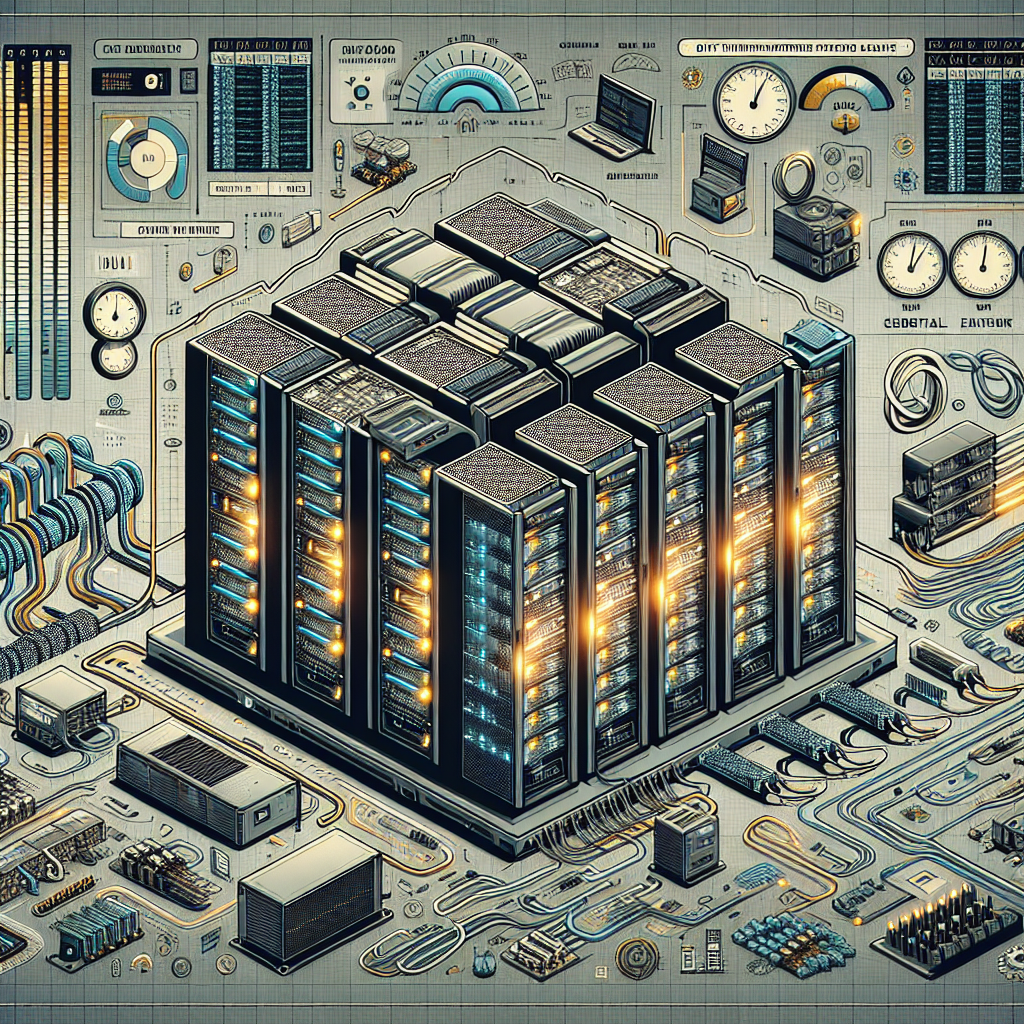
Data Center MTBF: Key Metrics for Assessing Infrastructure Resilience
Data centers are the backbone of modern businesses, providing the infrastructure needed to store, manage, and process vast amounts of data. As such, ensuring the resilience and reliability of data center infrastructure is crucial to maintaining business operations and safeguarding critical information.One key metric for assessing the resilience of data center infrastructure is Mean Time Between Failures (MTBF). MTBF is a measure of the average time that a system or component will operate before experiencing a failure. It is an important indicator of the reliability of data center equipment and can help organizations assess the risk of downtime and plan for contingencies.
To calculate MTBF, data center operators must track the number of failures that occur over a specific period of time and divide that number by the total operational hours for the same period. The resulting figure represents the average time between failures for the equipment in question.
By monitoring and improving MTBF, data center operators can proactively identify potential points of failure and take steps to address them before they impact operations. This can include implementing regular maintenance schedules, upgrading outdated equipment, and investing in redundancy measures to ensure continuity of service.
In addition to MTBF, other key metrics for assessing data center infrastructure resilience include Mean Time to Repair (MTTR) and Availability. MTTR measures the average time it takes to repair a failed component or system, while Availability is a measure of the percentage of time that a system is operational and accessible to users.
By analyzing these metrics in conjunction with MTBF, data center operators can gain a comprehensive understanding of the reliability and resilience of their infrastructure. This information can help organizations make informed decisions about investments in equipment upgrades, maintenance procedures, and disaster recovery planning.
In conclusion, data center MTBF is a critical metric for assessing the resilience of infrastructure and ensuring the continuity of business operations. By monitoring and improving MTBF, data center operators can proactively address potential points of failure and enhance the reliability of their systems. By considering MTBF in conjunction with other key metrics, organizations can better prepare for unforeseen events and minimize the risk of downtime.
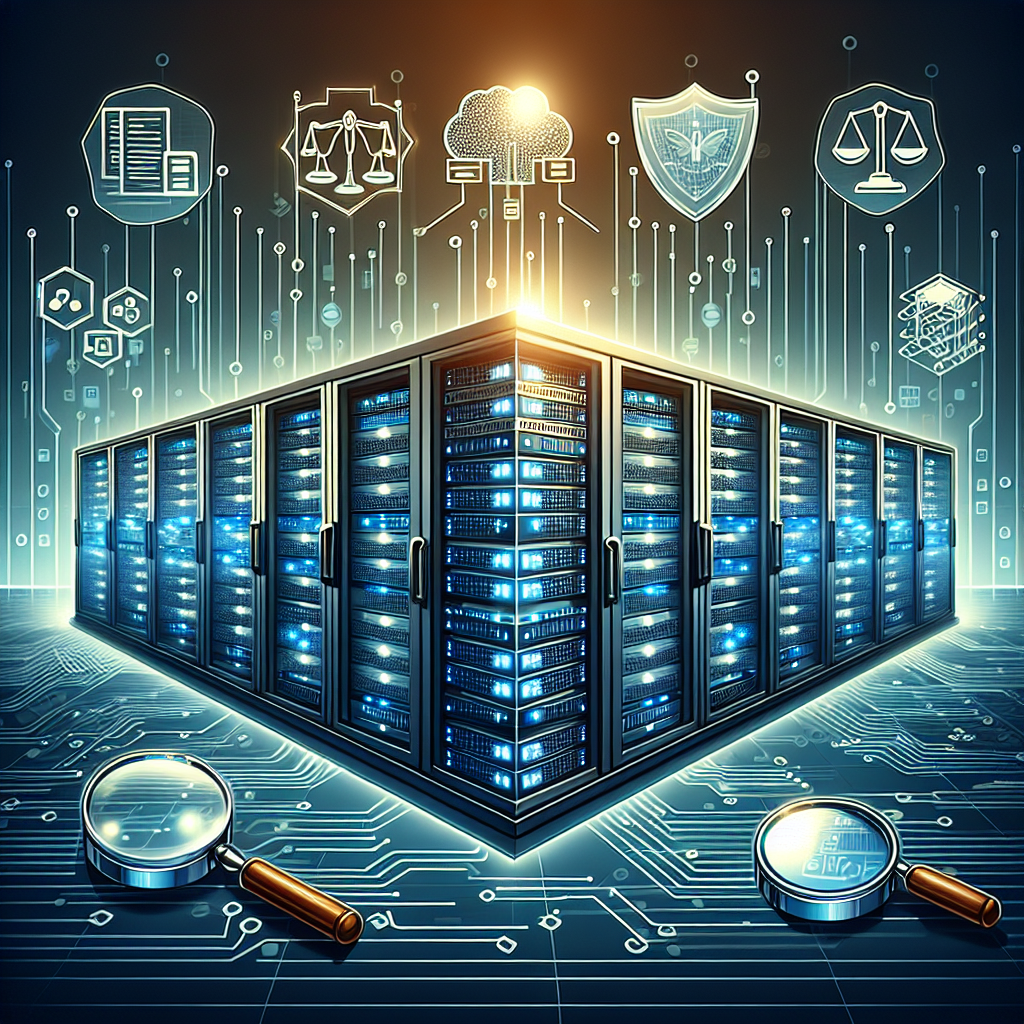
Proactively Managing Data Center Risks: The Role of Risk Assessment in Modern IT Infrastructure
In today’s digital age, data centers play a critical role in the operations of businesses of all sizes. These facilities house and manage the vast amounts of data that organizations rely on to operate efficiently and effectively. However, data centers are not without their risks. From cyber threats to natural disasters, there are a myriad of potential dangers that can disrupt or even destroy a data center’s operations.To effectively manage these risks, organizations must take a proactive approach to data center risk management. One key component of this approach is conducting regular risk assessments. By assessing the potential threats and vulnerabilities facing their data center, organizations can identify areas of weakness and take steps to mitigate them before they have a chance to cause harm.
Risk assessments involve identifying and evaluating potential risks to the data center, including both internal and external threats. This can include everything from hardware failures and power outages to cyber attacks and natural disasters. By conducting a comprehensive risk assessment, organizations can gain a better understanding of the potential dangers facing their data center and develop strategies to address them.
One of the key benefits of conducting a risk assessment is that it allows organizations to prioritize their risk management efforts. By identifying the most significant threats to their data center, organizations can focus their resources and attention on the areas that pose the greatest risk. This can help to ensure that limited resources are used effectively and efficiently to protect the data center from harm.
In addition to prioritizing risk management efforts, risk assessments can also help organizations to develop contingency plans and response strategies. By identifying potential risks in advance, organizations can develop plans to mitigate the impact of these risks should they occur. This can include everything from implementing redundant systems to backing up data offsite to ensure that critical operations can continue in the event of a disaster.
Overall, conducting regular risk assessments is an essential part of proactively managing data center risks in the modern IT infrastructure. By identifying potential threats and vulnerabilities, organizations can take steps to mitigate these risks before they have a chance to cause harm. This can help to ensure the continued operation and security of the data center, protecting the valuable data that organizations rely on to operate effectively in today’s digital world.
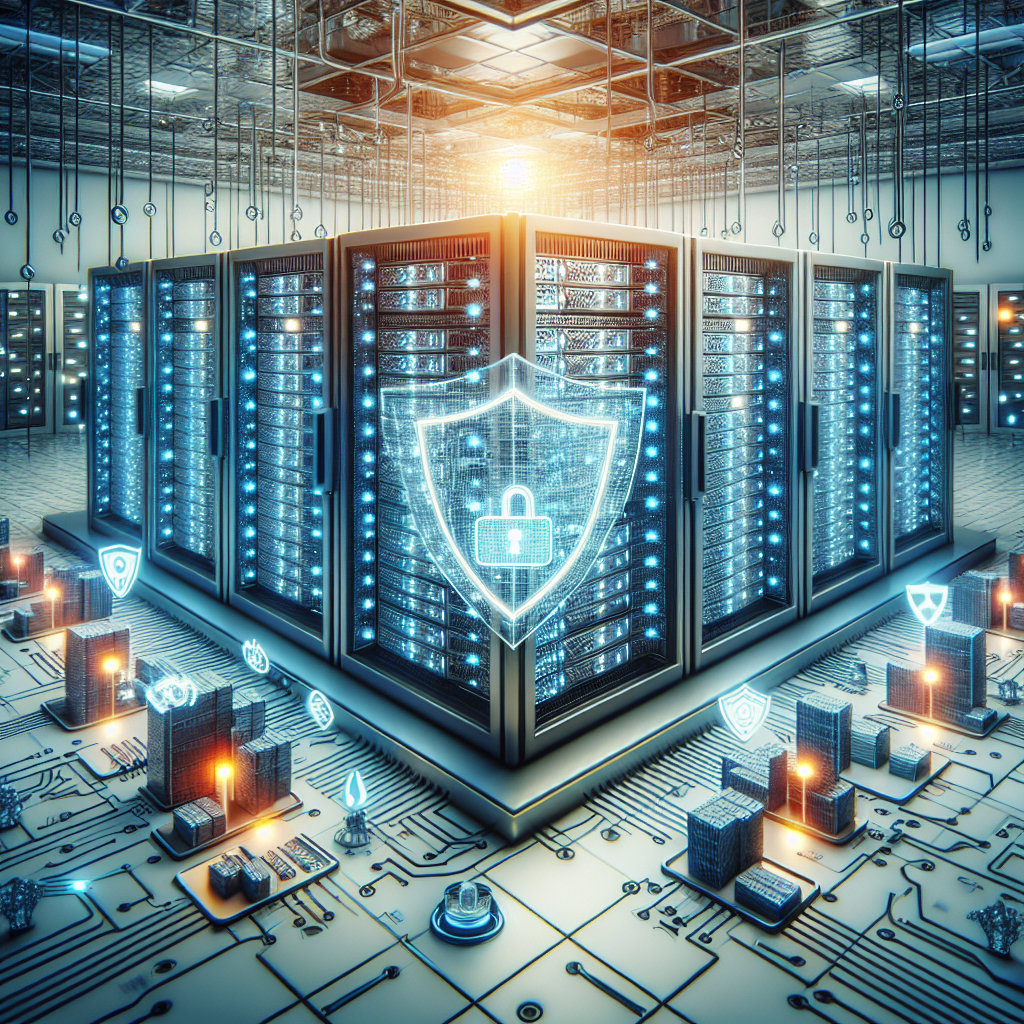
Securing Your Data Center Network Infrastructure: Best Practices and Considerations
With the increasing number of cyber threats and data breaches, securing your data center network infrastructure has become more important than ever. Data centers store and process large amounts of sensitive information, making them prime targets for hackers. In order to protect your data center network infrastructure, it is crucial to implement best practices and considerations to ensure the security of your data.One of the first steps in securing your data center network infrastructure is to implement a strong firewall. Firewalls act as a barrier between your internal network and external threats, allowing you to control and monitor incoming and outgoing traffic. By setting up strict firewall rules, you can prevent unauthorized access to your data center network and reduce the risk of potential attacks.
Another important aspect of securing your data center network infrastructure is to regularly update and patch your systems. Outdated systems are more vulnerable to security threats, as hackers often exploit known vulnerabilities to gain access to your network. By keeping your systems up to date with the latest security patches, you can minimize the risk of attacks and ensure the protection of your data center network infrastructure.
Implementing strong access controls is also essential in securing your data center network infrastructure. By restricting access to sensitive information and resources, you can prevent unauthorized users from accessing your data center network. This can be done through the use of passwords, biometric authentication, and multi-factor authentication to ensure that only authorized users can access your network.
Regularly monitoring and auditing your data center network infrastructure is another important best practice in ensuring security. By monitoring network traffic and activities, you can detect any unusual behavior or potential security threats. Auditing your network infrastructure can help you identify any vulnerabilities or weaknesses that need to be addressed to enhance the security of your data center network.
In addition to these best practices, it is also important to consider physical security measures to protect your data center network infrastructure. This includes implementing access controls, surveillance cameras, and alarms to prevent unauthorized access to your data center. By combining physical and network security measures, you can create a comprehensive security strategy to protect your data center network infrastructure from potential threats.
Securing your data center network infrastructure requires a proactive approach to ensure the protection of your sensitive information. By implementing best practices and considerations, you can enhance the security of your data center network infrastructure and minimize the risk of cyber attacks and data breaches. Investing in strong security measures is essential in safeguarding your data center network infrastructure and maintaining the trust of your customers and stakeholders.
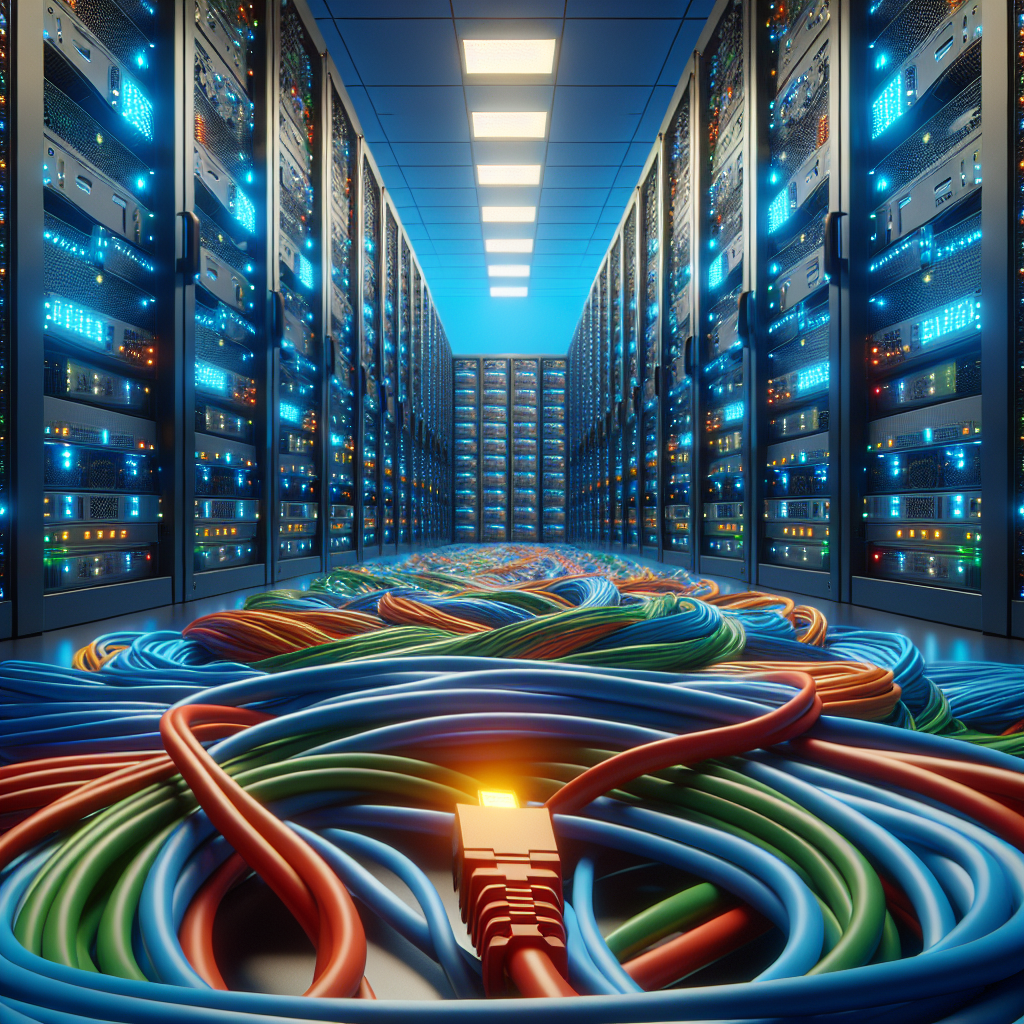
Choosing the Right Cabling Infrastructure for Your Data Center: A Buyer’s Guide
Data centers are the backbone of any organization’s IT infrastructure, housing the servers, storage devices, and networking equipment that keep businesses running smoothly. One of the most critical components of a data center is its cabling infrastructure, which connects all of these devices together and ensures seamless communication between them. Choosing the right cabling infrastructure for your data center is crucial to ensuring optimal performance, scalability, and reliability. In this buyer’s guide, we’ll take a closer look at the key factors to consider when selecting cabling for your data center.1. Bandwidth and Speed Requirements
The first and most important consideration when choosing cabling for your data center is the bandwidth and speed requirements of your network. Different types of cables have different capacities for carrying data, so it’s essential to choose cables that can support the high-speed data transfers required by your organization. For example, if you’re running a high-performance data center that requires ultra-fast data transfers, you’ll want to opt for fiber optic cables, which offer much higher bandwidth and speed capabilities than traditional copper cables.
2. Scalability
Another crucial factor to consider when choosing cabling for your data center is scalability. As your organization grows and your data center needs expand, you’ll want to ensure that your cabling infrastructure can easily accommodate additional devices and data traffic. Look for cabling solutions that are easy to install and maintain, and that can easily be upgraded or expanded as needed.
3. Reliability and Durability
Reliability and durability are also key considerations when selecting cabling for your data center. Your cabling infrastructure needs to be able to withstand the demands of a high-traffic data center environment, including temperature fluctuations, moisture, and physical wear and tear. Choose cabling solutions that are designed to meet industry standards for reliability and durability, and that come with warranties and support options to ensure your data center stays up and running smoothly.
4. Cost
Of course, cost is always a factor when choosing cabling for your data center. While it’s important to invest in high-quality cabling solutions that can meet your performance and reliability needs, you also need to consider your budget and find a solution that offers the best value for your organization. Compare pricing from different vendors, and consider factors such as installation costs, maintenance expenses, and the total cost of ownership over the lifespan of the cabling infrastructure.
5. Compatibility
Finally, make sure that the cabling infrastructure you choose is compatible with your existing network equipment and systems. Different devices may require different types of cabling, so it’s essential to ensure that your cabling solution will work seamlessly with your servers, switches, routers, and other networking equipment. Consult with your IT team or a professional cabling installer to ensure compatibility and avoid any compatibility issues down the road.
Choosing the right cabling infrastructure for your data center is a critical decision that can have a significant impact on the performance and reliability of your organization’s IT infrastructure. By considering factors such as bandwidth and speed requirements, scalability, reliability and durability, cost, and compatibility, you can select a cabling solution that meets your organization’s needs and helps you build a robust and efficient data center infrastructure.
